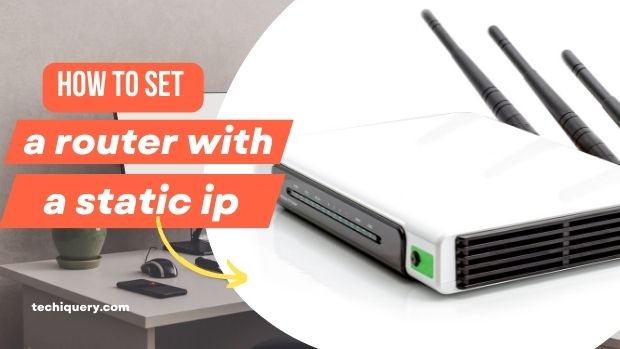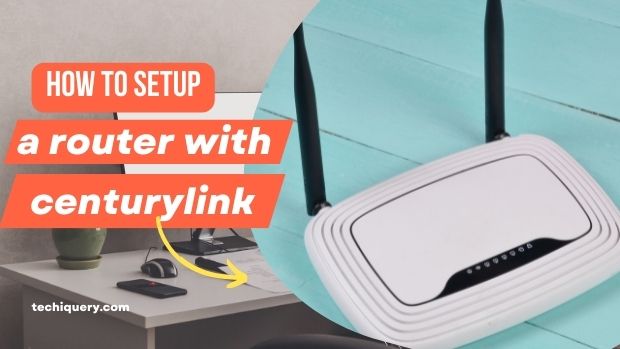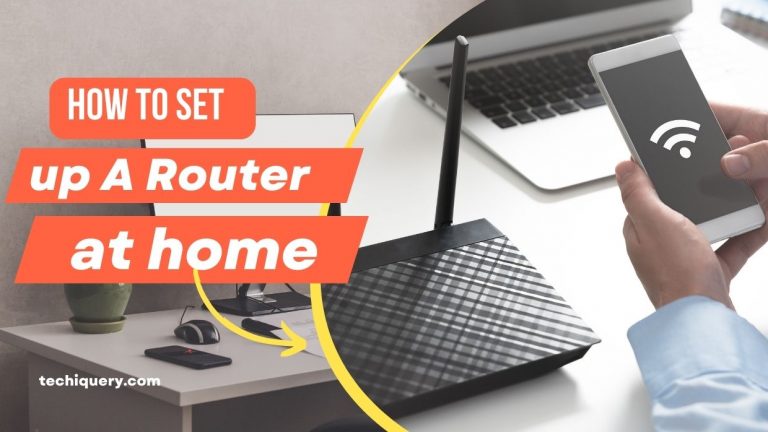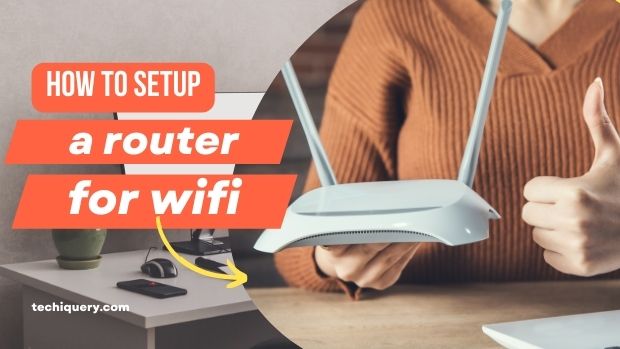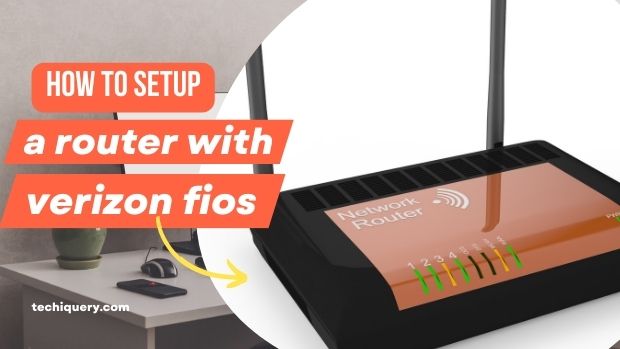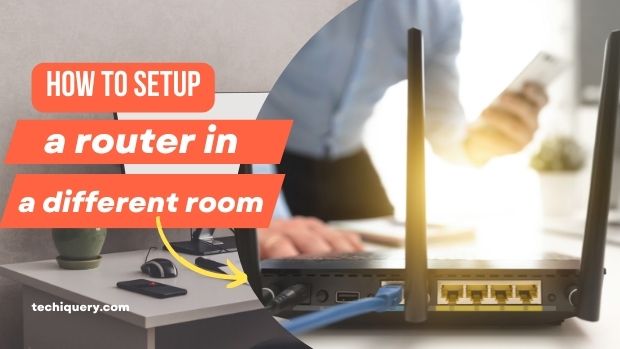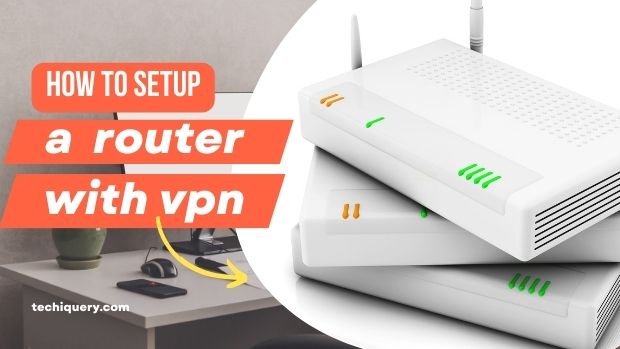How to setup a router with a static ip
“How to setup a router with a static ip”.Setting up a router with a static IP address is a simple procedure that can help keep your network secure. Follow these steps to get started.
Contents
What is a static IP?
A static IP address is an IP address that is permanently assigned to a device. This means that the IP address will never change, even if the router is reset or the device’s connection to the internet is lost. Static IP addresses are useful when you want to keep your router in one place and use the same IP address on all of your devices.
How to setup a router with a static IP
Setting up a router with a static IP address is a great way to keep your network organized and secure. By assigning a specific address to each device, you can ensure that each device knows where it is located on the network. Additionally, this method can help prevent unauthorized access to your network.
To set up a router with a static IP address, follow these steps:
- Open the router’s configuration screen.
- Under the “Basic” tab, select “IP Address.”
- Enter the desired static IP address into the “IP Address” field.
- Click “Apply.”
- Restart the router for the changes to take effect.
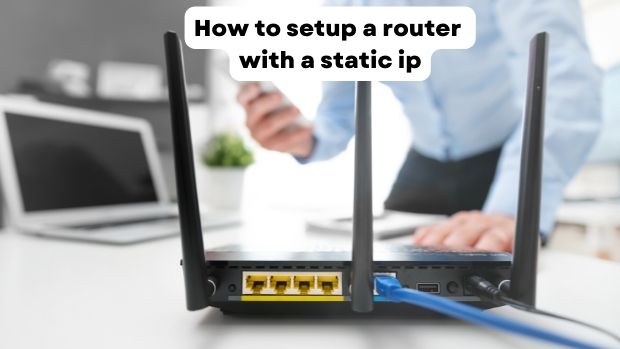
What are the benefits of having a static IP?
Static IP addresses are beneficial for a number of reasons. One reason is that they keep your network address consistent, which can help prevent network congestion and improve your overall performance. Additionally, static IP addresses can be more easily remembered and accessed, making them preferable for users who need to access their networks from outside their homes or offices.
Static IP addresses also offer security benefits because they are not easily changed or compromised. Finally, static IP addresses can be helpful for troubleshooting and resolving network issues.
Learn more about
How To Create A Team Meeting In Outlook
How to setup a vpn on android
How to setup a router
How to set a router in bridge mode
Disadvantages of having a static IP address
Static IP addresses have a few disadvantages:
- They can become outdated and no longer work with the latest security patches or features.
- They can be easily hacked and accessed by unauthorized individuals.
- If you want to change your IP address, you will need to get help from your ISP or router manufacturer.
How to connect to the internet with a static IP
Static IPs make connecting to the internet easy and straightforward. Static IPs allow you to connect to a single network and remain connected regardless of where you are in the world. You can connect your computer to the internet using a cable or DSL connection by following these steps:
- Connect your computer to the router.
- Enter the router’s default login information.
- Select the “Internet” tab.
- Click on the “Configure” button.
- In the “Configure Internet Connection” window, select “Use a static IP address.”
- Type in a valid IP address in the “IP address” field.
- Click on the “Apply” button.
Setting up a router with a static IP
If you are like most people, you probably connect your router to the Internet using an IP address that is automatically assigned to your computer or device. But what if you want to set your router up with a static IP address so that you can more easily access it from anywhere in your home or office? This guide will show you how easy it is to do.
To set up a router with a static IP address, first, make sure that your router has an IP address assigned to it. Many routers have a built-in DHCP server that will automatically assign a new IP address to devices that connect to the network, but some routers, such as those used in homes and small offices, do not have a DHCP server and require you to manually set the IP address. If your router does not have an IP address assigned, you can find instructions for setting one here. Once you have determined your router’s IP address, open a web browser and enter the following into the address bar: 192.168.1.1. You will be prompted for your router’s username and password. Once you have logged in, you will see a page similar to this one:
On this page, find the line that says “Static IP Address.” If your router has a built-in DHCP server, this line will be different. If your router does not have a built-in DHCP server, or if you want to set the IP address manually, find the line that says “Manual IP Address.” Underneath this line, find the section that says “IP Address.” Click on this section and find the line that says “IP Address (Static).” Copy this number down.
Checking the status of your router
If you’re using a router to connect to your home network, it’s a good idea to check the status of your router every now and then. There are a few simple ways to do this.
The easiest way to check the status of your router is to access your router’s web page. Most routers have a web page that you can visit by entering the address in your browser. If your router doesn’t have a web page, you can usually find the address for your router on the label or sticker attached to the device.
Another way to check the status of your router is to use a telnet client. You can download a telnet client from the internet and install it on your computer. Once you have installed the telnet client, you can connect to your router using the following command:
After you connect to your router, you will be presented with a login screen. The default username and password for most routers are “admin” and “password”. If you don’t know these details, contact your ISP or the manufacturer of your router for more information.
Deleting your router
If you want to keep your router as static as possible, you can delete the router’s config file. To do this, open the browser on the router and type http://192.168.1.1/routerlogin.html into the address bar. In the login form, enter your user name and password and click Login. From the main menu, select Configuration and then delete the file called “config.bin”. You may also want to erase any other important files on the router, such as system configuration files or startup scripts. Once you’ve deleted all of the relevant files, reboot your router for the changes to take effect.
Conclusion
If you’re like most people, you probably use a router to connect your computer to the internet. But what if you want to set up a static IP address for your router? In this article, we’ll show you how to do it with some easy steps. This is useful if you want to keep your router’s location hidden from the internet, or if you just want more control over its settings. So read on and let us guide you through the process! Visit for more information. https://techiquery.com

